For every 100 cars on the road, there are roughly 3 motorcycles. This means that motorcycle riders are a statistical minority which could help explain why there’s a lot of non-truths and misconceptions floating about regarding riding on 2 wheels.
For car drivers that have never even touched a motorbike, they can sometimes seem to be mythical beings that defy physics and the thought of riding one can be alien. But the fact is, they’re not that strange, they aren’t just good for movie scenes and the rider isn’t always a boy racer who’s trying to be Rossi. So here are some misconceptions about motorcycles in general:
All motorbikes are faster than cars
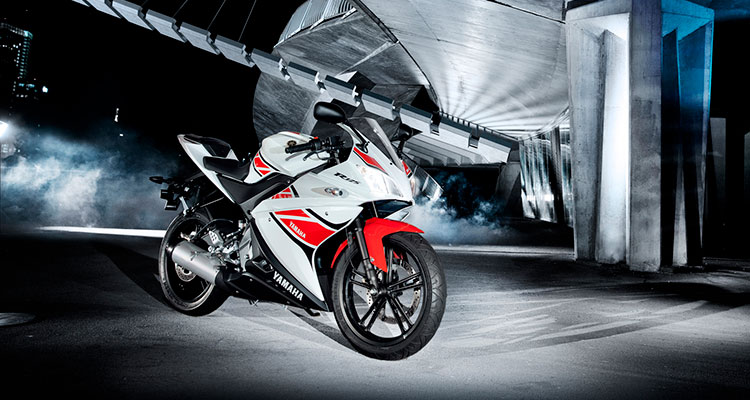
Motorcycles can be fast, but a lot of them just look fast. Sometimes when you see someone in full race-style leathers on a fully faired sports bike, you just assume that they’re going to break the sound barrier when the lights turn green. However, not all bikes are as fast as they look to the uneducated eye. Take this Yamaha YZF-R125 for instance.
Anyone who knows anything about riding will know that the 125 in the name indicates it’s a 125cc bike, in other words, a learner bike. This bad boy can just about reach 70mph in good conditions and the 0-60mph time is around 13 seconds. Even a slightly more powerful sports bike such as the Ninja 250R would still take around 7.5 seconds to reach 60 mph from a standstill.
Another thing that doesn’t help the reputation is the loud aftermarket exhausts that are often installed on all kinds of bikes, including plenty of 125s. So even though it may sound like an intimidating monster, it may still be a 125cc which, as said, is often not as fast as it looks. With that said, this is all a broad generalisation as cc is not the be-all and end-all of measurement of power
The common moped misconception
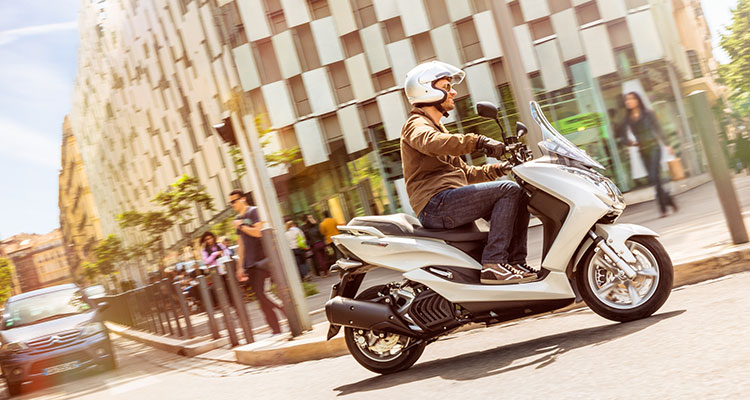
This could even catch some motorcyclists off guard, but what most consider to be a “moped” is actually a scooter. For the bike to be a “moped” it should have an engine displacement of no more than 50cc, anything above that is usually a scooter.
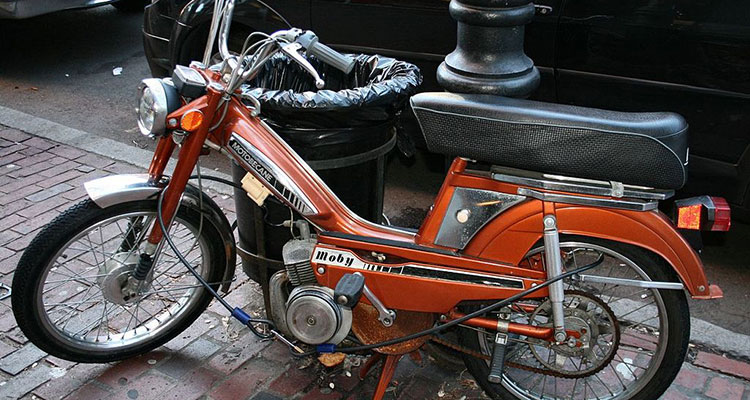
It seems we’ve just become so used to calling any bike with a footwell/foot platform in the middle a moped that we’ve forgotten where the name comes from. Originally, moped referred to a bike that was a hybrid between a motorcycle and a pedal bike, hence the name mo-ped. Low powered scooters under 50cc were also referred to as mopeds, but nowadays, most scooters you see on the road are above that.
So when Sadiq Khan talks about those dreaded “moped criminals” he’s actually talking about people who are riding fairly powerful scooters.
Motorcyclists are normally thrill-seeking young hooligans
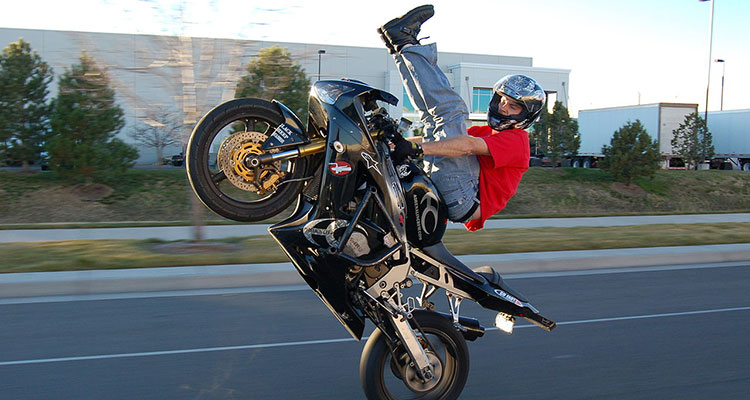
Did you know that most motorcyclists are between the age of 41 and 50? According to research done by Bridgestone, roughly one in three motorcyclists are within this age range. Therefore the stereotype of bikers being young, wheelie-popping, speeding troublemakers is wrong as people in their 20s only represent about 15% of riders.
You’ll find that most motorcycle riders are incredibly friendly, careful and polite middle-aged men and women. Most of them will insist on wearing all the gear all the time and abiding by all the rules of the road to ensure safe riding conditions. The biking community is not the adrenaline junkie group you thought it was!
All motorbikes are loud
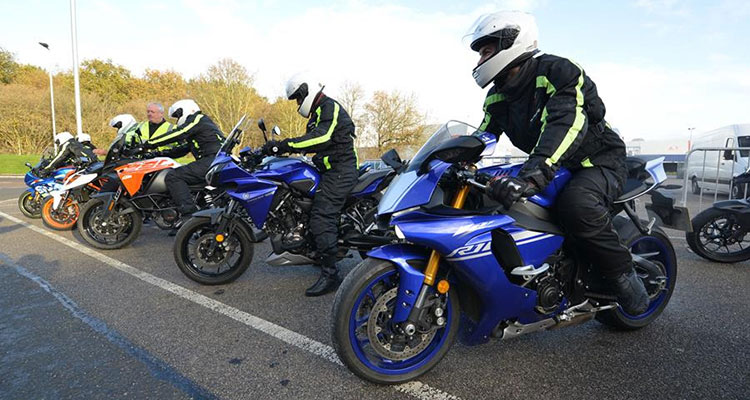
If you don’t know much about motorbikes, you probably don’t know that there’s a great and eternal debate within the biking community. Many believe that “loud pipes save lives” which is why so many bikes have loud, obnoxious aftermarket exhausts. However, some people like to keep their original exhaust on, leaving the bike quiet enough for them to ride out of their street at midnight without waking the neighbours.
Motorbikes are usually only loud because of an exhaust the owner has put on, they are not made to be loud from the factory. Just like a car.
You only need a helmet
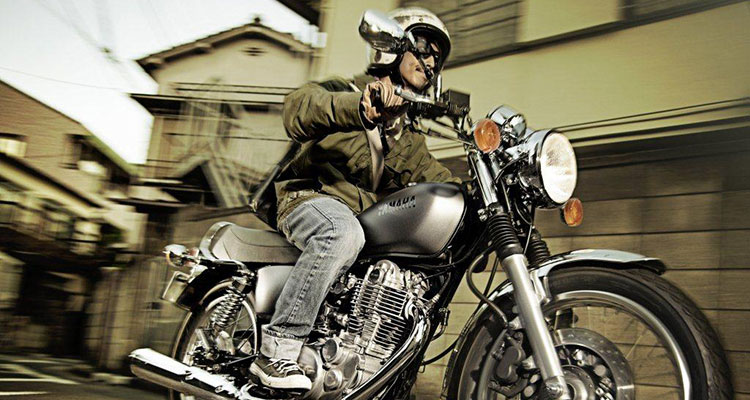
Surprisingly, there are still people out there that think their jeans will protect them from the tarmac just because they cost £150 and are very high quality. The fact is normal clothes, even if it’s a thick coat or leather gloves, will rip apart like tissue paper if you crash. Wearing a helmet is the absolute legal minimum, but that doesn’t mean you’re safe. A helmet could save your life, but it won’t save your skin.
Many agree that gloves are the second most important piece of gear. Although you can still live without your hands, no one wants to know what it’s like to have pieces of tarmac picked out of the bloody palm of your hands. Also, a helmet only protects your brain, what about your legs, arms, vital organs and so on?
Tell us some motorcycle myths you think need clearing up!
For more articles like this, receive our weekly e-newsletter, including partner deals and all things motoring, register your email below.
Please note: You cannot subscribe to Smart-Motoring unless you put a tick in the checkbox below to indicate have read and agreed to our privacy policy.



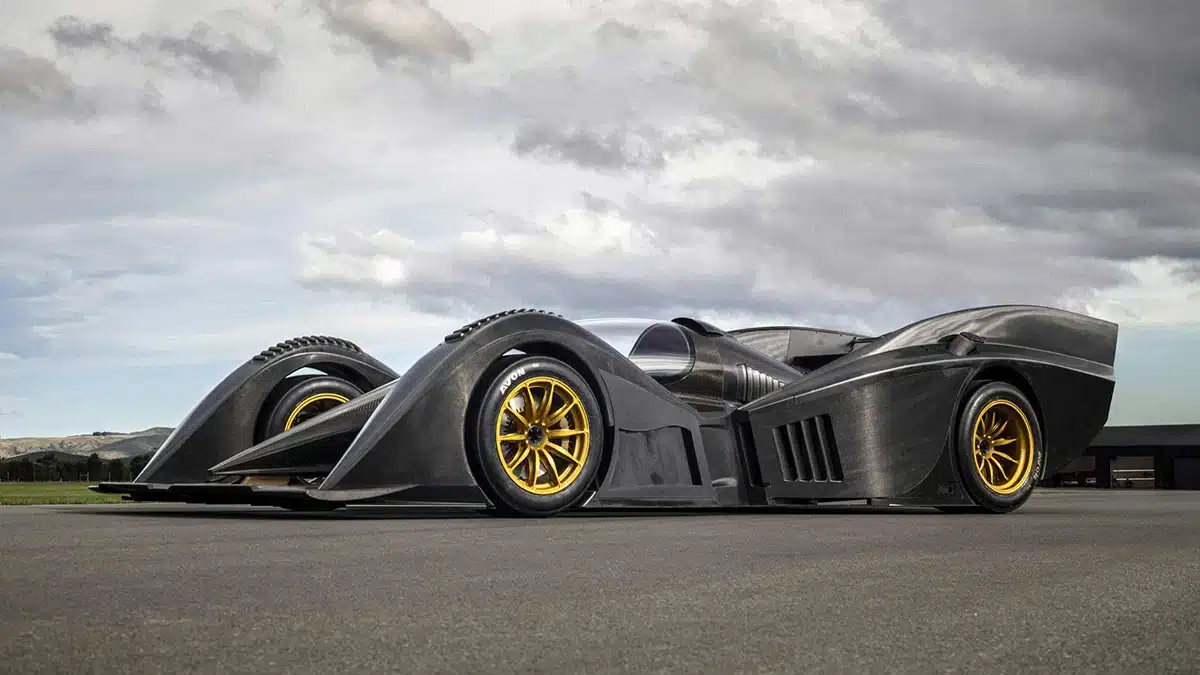
Nice to see a sane voice about motorcycling